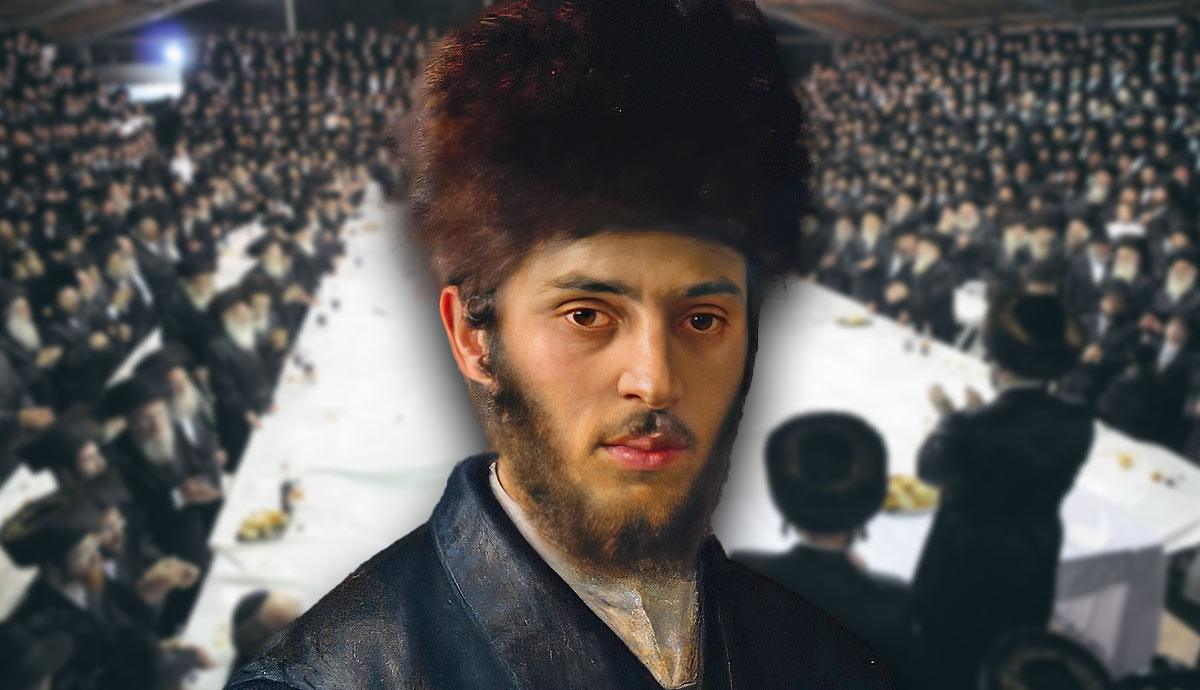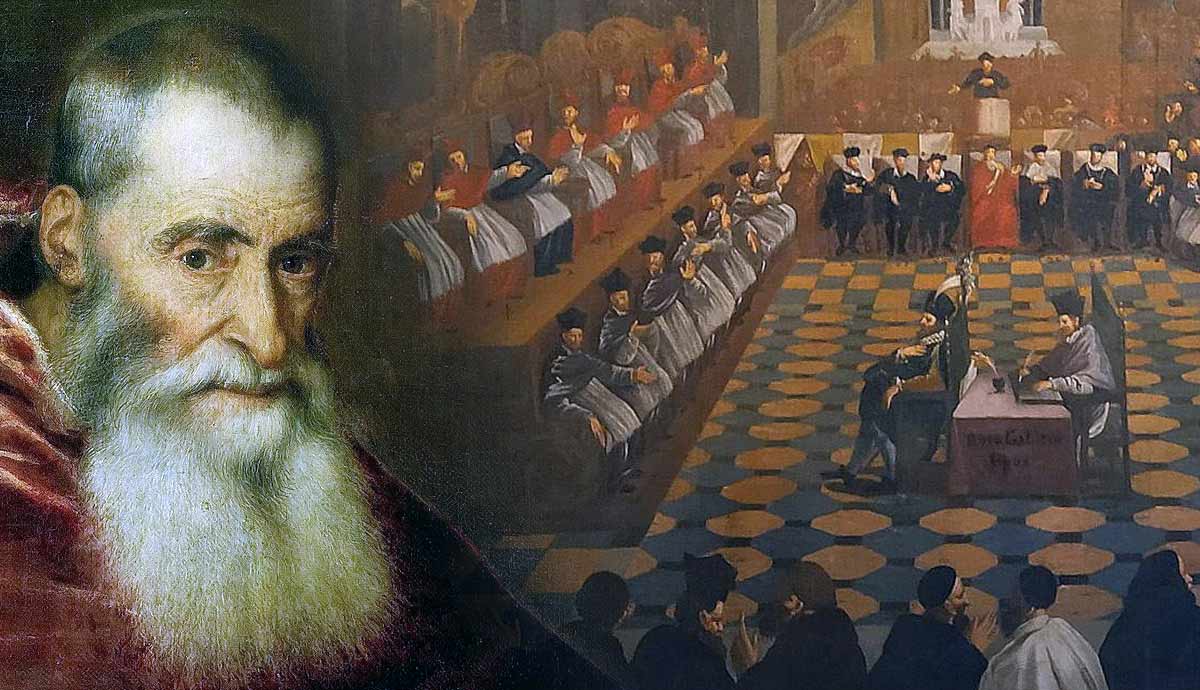
Hasidic Judaism, a vibrant branch of the Jewish faith, holds a distinctive place in the mosaic of religious traditions. Its rich tapestry of beliefs and practices is woven from centuries of spiritual inquiry and devotion, rising from the ashes of persecution to reach great heights of wisdom and inspiration.
The Origins and Evolution of Hasidism

Hasidic Judaism emerged in the 18th century in Eastern Europe, a time marked by social upheaval and religious fervor. Judaism had undergone great disappointments including the rise and fall of the false messiah Sabbatai Zevi, and the religion had become legalistic and uninspiring.
Rabbi Israel ben Eliezer, known as the Baal Shem Tov, is regarded as the founder of Hasidism, bringing back verve and religious fervor to Jewish people across Europe and Eurasia. His teachings emphasized the accessibility of spirituality to all, irrespective of scholarly attainment or social status. He emphasized a personal, joyous, and authentic connection to God (HaShem).
The Baal Shem Tov’s disciples, known as the tzaddikim, spread his teachings across Eastern Europe, establishing Hasidic communities that became centers of religious fervor and communal solidarity. Over time, different Hasidic dynasties formed, each led by a revered tzaddik who served as a spiritual guide and leader.
Despite facing opposition from more traditionalist elements within Judaism, Hasidism continued to thrive, attracting a diverse array of followers drawn to its emphasis on joyous worship, mystical insights, and devotion to tzaddikim. Today, major centers of Hasidic life exist in Israel, the United States, Canada, and Europe, with smaller communities scattered across other countries. Current estimates suggest that there are several hundred thousand Hasidic Jews globally, with the largest concentrations found in urban centers such as New York City, Jerusalem, and London.
Sects and Denominations of Hasidism

Hasidic Judaism encompasses a diverse array of sects, each with its own customs, practices, and spiritual leaders. Major Hasidic dynasties include Satmar, Chabad-Lubavitch, Breslov, Ger, Belz, and Bobov, among others. These sects often differ in their approach to religious observance, their interpretation of Hasidic teachings, and their engagement with the broader world.
Hasidic communities typically have large families, with many adherents sticking to traditional gender roles and family structures. Marriage at a young age and high fertility rates have contributed to population growth within these communities. Additionally, close-knit family networks and communal support systems play a significant role in shaping social and demographic dynamics which are based on a traditional, conservative understanding of families, sexuality, and morality.
Education holds a central place in Hasidic communities, with a strong emphasis on religious study and Torah learning from a young age. Hasidic children typically attend yeshivas (religious schools) that prioritize Jewish religious and cultural education. While some members of the community pursue higher education and enter professional fields, many opt for occupations within their own communities, such as teaching, rabbinical leadership, or entrepreneurship in collaboration with fellow Hasidim (Hasidic people).
Hasidic Beliefs and Values
1. Divine Presence and Everyday Life

Central to Hasidic belief is the concept of the Shekhinah, the divine presence that permeates all aspects of existence. Hasidim believe that every moment and action offers an opportunity for spiritual connection and elevation.
Through prayer, study, and righteous deeds, adherents seek to cultivate awareness of the Divine in their daily lives. The practice of mindfulness, (“hitbodedut”) involves seeking solitude to commune with God and reflect on one’s spiritual journey. This intimate connection with the Divine infuses everyday activities with sacred significance, fostering a deeper sense of purpose and meaning.
2. Joyful Worship and Celebration

Hasidic Judaism emphasizes the importance of joyous worship and celebration as expressions of love for the Divine. Through music, dance, and communal gatherings, adherents engage in spirited expressions of devotion and gratitude.
Niggunim, wordless melodies sung with fervor and emotion, are a hallmark of Hasidic worship, serving as vehicles for transcendent experiences and spiritual connection. High-energy dancing, particularly during festive occasions such as weddings and holidays, symbolizes the soul‘s yearning for reunion with the Divine.
3. Reverence for the Wisdom and Insights from the Kabbalah

Rooted in the mystical teachings of Kabbalah, Hasidic thought delves into esoteric interpretations of Jewish scripture and tradition. Adherents believe in the interconnectedness of all existence and seek to uncover deeper spiritual truths through contemplation and study of sacred texts.
The teachings of Kabbalah provide a framework for understanding the nature of the Divine and the workings of the universe. Hasidic masters expound upon these mystical concepts, offering insights into the soul’s journey, the nature of God’s providence, and the significance of the mitzvot (commandments) for spiritual growth.
4. The Power and Importance of Prayer and Devotion

Prayer occupies a central role in the spiritual life of Hasidic Jews, serving as a means of establishing a direct connection with the Divine. Through fervent supplication and heartfelt devotion, adherents seek to deepen their relationship with God and align their will with Divine purpose in preparation for the coming of the Moshiach (messiah).
Daily prayer services, conducted with meticulous attention to tradition and intentionality, provide opportunities for communal worship and spiritual upliftment. Personal prayer, (hitbodedut) can be done in many places including out in nature, allowing individuals to pour out their hearts to God in moments of solitude, seeking solace, guidance, and forgiveness.
5. Tikkun Olam and the Reparation of the World

Hasidic Judaism places great emphasis on the concept of tikkun olam—“repairing the world”—through acts of loving-kindness and improvement of the community. Adherents are called to embody compassion and righteousness in their interactions with others, working towards the betterment of society and the alleviation of suffering.
The pursuit of tikkun olam extends beyond individual acts of charity to encompass systemic change and advocacy on behalf of the marginalized and oppressed. Hasidic communities are active participants in efforts to address social issues such as poverty, hunger, and injustice, motivated by a commitment to uphold the dignity and worth of every human being.
6. Reverence for Spiritual Elders and Tzaddikim

Hasidic communities hold their tzaddikim in high esteem, viewing them as channels of divine wisdom and guidance. These righteous leaders are believed to possess a heightened spiritual awareness, enabling them to offer insight and assistance to their followers on their spiritual paths.
The relationship between a tzaddik and their followers is characterized by mutual respect and devotion. Hasidim turn to their tzaddikim for counsel, blessings, and intercession in times of need, trusting in their ability to serve as mediators between the earthly realm and the Divine.
It is not only the tzaddikim’s guidance in the here and now that is valued but also the contributions and words of tzaddikim and great rabbis of the past.
7. Veneration of the Words of the Tzaddikim

Hasidim revere the words of their great rabbis and leaders who have guided them through the ages, starting with their founder Rabbi Israel Baal Shem Tov (1698-1760). As the founder of Hasidic Judaism, Rabbi Israel Baal Shem Tov, also known as the Besht, articulated foundational principles that continue to resonate with Hasidic adherents today.
He emphasized the importance of simplicity, sincerity, and joy in serving God, teaching that every action, no matter how mundane, can be imbued with holiness. As he said: “Forgetfulness leads to exile, while remembrance is the secret of redemption.”
Rabbi Nachman of Breslov was the great-grandson of the Baal Shem Tov and was renowned for his profound teachings on faith, joy, and spiritual resilience. He emphasized the power of prayer, personal introspection, and unwavering trust in God’s providence as pathways to inner peace and enlightenment, saying “…the whole world is a very narrow bridge, and the main thing is not to be afraid at all.”
Rabbi Levi Yitzchak of Berditchev (1740-1809) was known for his passionate advocacy on behalf of the Jewish people. He embodied the spirit of compassion and intercession. He taught that every individual possesses intrinsic worth and dignity in the eyes of God, and encouraged his followers to cultivate empathy and loving-kindness towards all.

Rabbi Menachem Mendel of Kotzk (1787-1859), also known as the Kotzker Rebbe, challenged his followers to confront the illusions and pretensions of the ego in their quest for spiritual authenticity. He emphasized the importance of self-awareness, intellectual rigor, and uncompromising honesty in the pursuit of truth. As he advised followers, “Where is God to be found? In the place where He is given entry.”
Finally, Rabbi Shalom Dovber Schneersohn of Lubavitch (1860-1920) articulated profound teachings on the nature of the soul, the significance of Torah study, and the importance of spreading divine light throughout the world. He emphasized the transformative power of love, prayer, and mitzvot in cultivating a deeper connection to God. As he said: “A little light dispels much darkness.”
The Future of Hasidism

Hasidic communities face various challenges, including maintaining cultural distinctiveness in an increasingly secular world, navigating tensions between tradition and modernity, and addressing social issues such as poverty and access to education. At the same time, these communities are also characterized by resilience, solidarity, and a strong sense of collective identity. Hasidic Judaism offers a profound spiritual path rooted in a deep reverence for the Divine and a commitment to communal solidarity and real-world action.
Through the cultivation of awareness of the Divine presence, reverence for tzaddikim, joyous worship, mystical insights, fervent prayer, and acts of loving-kindness, adherents seek to lead lives imbued with holiness and meaning. By exploring these fundamental beliefs and practices, we gain a deeper appreciation for the richness and vitality of the Hasidic tradition within the broader background of Jewish faith and spirituality.










